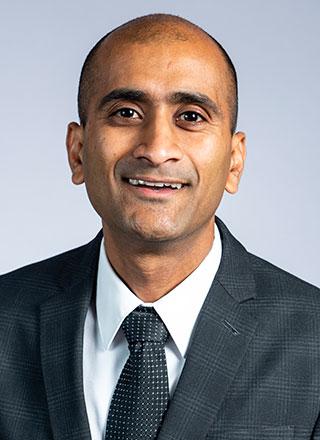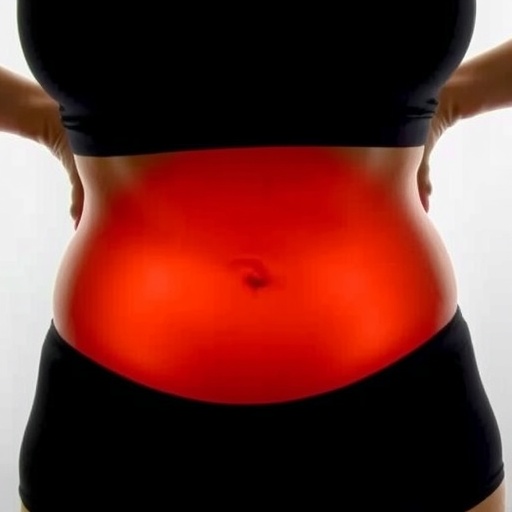Researchers at the University of Missouri College of Engineering also examined the relationship between vehicle crashes and two other sleep disorders, sleep apnea and insomnia

Credit: University of Missouri
People who work nontraditional work hours, such as 11 p.m.-7 p.m., or the “graveyard” shift, are more likely than people with traditional daytime work schedules to develop a chronic medical condition — shift work sleep disorder — that disrupts their sleep. According to researchers at the University of Missouri, people who develop this condition are also three times more likely to be involved in a vehicle accident.
“This discovery has many major implications, including the need to identify engineering counter-measures to help prevent these crashes from happening,” said Praveen Edara, department chair and professor of civil and environmental engineering. “Such measures can include the availability of highway rest areas, roadside and in-vehicle messaging to improve a driver’s attention, and how to encourage drivers who may have a late-night work shift to take other modes of transportation, including public transit or ride-share services.”
Edara, one of the authors on the study, said the analysis was based on data collected from a real-world driving study for the second Strategic Highway Research Program established by the U.S. Congress.
As the demand for 24/7 business operations has increased in recent years to meet customer needs during all hours of the day and across multiple time zones, the traditional work day — once defined as 9 a.m.-5 p.m. — has shifted for many people to include evening and night shifts, causing sleeping difficulties and leading to shift work sleep disorder. Edara said he was surprised to see shift work sleep disorder increase the risk of a traffic crash by nearly 300%, as compared to both sleep apnea and insomnia, which both increased the risk of a crash by approximately 30%.
Edara said previous studies have shown sleep disorders increase the risk for a traffic crash, but the majority of these studies were conducted in a controlled environment, such as a laboratory driving simulator. He believes this real-world data now validates those efforts.
“In the past, researchers have studied sleep disorders primarily in a controlled environment, using test-tracks and driving simulators,” Edara said. “Our study goes a step further by using actual observed crash and near-crash data from approximately 2,000 events occurring in six U.S. states. We’ve known for a while now that sleep disorders increase crash risk, but here we are able to quantify that risk using real world crash data while accounting for confounding variables such as roadway and traffic characteristics.”
Edara said some of the limitations of their study include not having data for fatal crashes, and no formal measurement to define drowsiness.
Putting a spotlight onto a national problem
In the United States, the National Transportation Safety Board, or NTSB, is the federal agency that investigates major traffic accidents. Each year, they issue an annual “most wanted list” of safety improvements, and their 2019-2020 list includes “screening and treating obstructive sleep apnea” among the top 10 topic areas.
Edara said he hopes that by showing how big of a risk there is for traffic crashes caused by excessive daytime sleepiness, the researchers can help draw additional attention toward finding ways to keep people safe behind the wheel, including taking the driver out of the equation with ride-sharing options and automated vehicles. He said the ideal next step in this research would be to partner with medical professionals who have expertise in this area to better understand why this is happening.
“We want to partner with public health and medical professionals whose expertise is in sleep-related research to better understand why this is happening,” Edara said. “That will also allow us to explore what kind of countermeasures we can develop and test to improve the overall safety of these drivers and the other motorists around them.”
###
The study, “Sleep disorders and risk of traffic crashes: A naturalistic driving study analysis,” was published in Safety Science. Co-authors were Carlos Sun in the MU College of Engineering and Nipjyoti Bharadwaj with the Federal Highway Administration. Funding was provided by a recently completed grant from the Federal Highway Administration. The content is solely the responsibility of the authors and does not necessarily represent the official views of the funding agencies.
Media Contact
Eric Stann
[email protected]
Original Source
https:/
Related Journal Article
http://dx.




